Immigration in 2019: Trump restricts asylum and overhauls legal immigration
Lee Gelernt has spent much of 2019 crisscrossing federal courts across the country trying to halt some of the Trump administration’s most controversial immigration policies.
As the top immigration litigant at the American Civil Liberties Union, Gelernt is accustomed to high-stakes legal fights with different administrations. But in the past 12 months, the veteran civil rights lawyer has been going toe-to-toe with what he described as a relentless slew of “radical” proposals.
“The administration has literally every month enacted new fundamental restrictions on the rights of immigrants and in particular, the rights of asylum-seekers at the border,” Gelernt told CBS News.
The past year has arguably been the Trump administration’s most successful one in its quest to restrict asylum at the U.S.-Mexico border, overhaul the nation’s legal immigration system, crack down on undocumented immigrants, alter America’s status as a safe haven for refugees and challenge decades of bipartisan consensus that robust immigration is key to America’s economic and social prosperity.
The chief concern for some advocates is the lasting impact the administration policies could have on America’s ethos and image around the world.
“After World War II, the United States and the world said never again will we turn our back on people fleeing persecution,” Gelernt said. “And now that’s exactly what we are doing.”
Border policies that “effectively eliminate asylum”
For much of early 2019, U.S. officials at the southern border were overwhelmed by an unprecedented flow of Central American families and unaccompanied children trekking north.
Advocates and government watchdogs detailed squalid conditions in crowded detention centers. Unaccompanied minors and families with children were held in Border Patrol stations designed for adult men for longer than standard practice. Following the December 2018 deaths of two Guatemalan minors in U.S. custody, a 16-year-old died in a Border Patrol station during the spring crisis at the southern border.
In March, President Trump moved to end foreign aid to El Salvador, Honduras and Guatemala, faulting their governments for not doing enough to stop their citizens from fleeing. The next month, Mr. Trump announced a “tougher” direction at the border that fueled the ouster of top officials at the Department of Homeland of Security, including its chief, Kirstjen Nielsen.
In May, U.S. border officials apprehended more than 133,000 migrants, a 13-year monthly high. Border officials warned of a “breaking point” and “full-blown emergency.”
But in the months since, border apprehensions have plummeted, reaching about 33,000 in November. Along with more aggressive immigration enforcement by the Mexican government, the administration has attributed the sharp drop to a series of restrictive and controversial policies it implemented this year.
The most effective policy, from the administration’s point of view, has been the so-called “Remain in Mexico” program, through which the U.S. has returned about 56,000 asylum-seekers to Mexico to wait for the duration of their U.S. immigration proceedings.
Tens of thousands of asylum-seekers from Central America, Cuba, Venezuela and other Latin American countries who would otherwise be in the U.S. are stranded in overcrowded shelters and squalid makeshift encampments in northern Mexico, including in crime-ridden cities like Ciudad Juárez and Matamoros, located in a region the U.S. government warns American travelers not to visit due to rampant violence.
Advocates and even some of the asylum officers implementing the program have been withering in their criticism of Remain in Mexico, saying it violates international obligations against returning migrants seeking refuge to dangerous places. The group Human Rights First has denounced hundreds of reported kidnappings and assaults. Last month, an asylum-seeking father from El Salvador was killed and dismembered in Tijuana after he and his family were placed in the Migrant Protection Protocols, the administration’s official name for the policy.
A CBS News series over the summer detailed the due process concerns about the policy, which makes it extremely difficult for migrants to secure U.S.-based lawyers generally needed for successful asylum claims. According to data by researchers at Syracuse University, only about 4% of migrants in the program have had lawyers represent them in proceedings in the U.S. — which, for many migrants, now occur inside makeshift tent-like courts in the Rio Grande Valley.
Out of about 24,000 completed cases in the program, only 117 migrants have been granted asylum or some other form of protection, according to Syracuse University’s Transactional Records Access Clearinghouse (TRAC).
“Remain in Mexico has definitely affected and reduced apprehensions,” Taylor Levy, an independent immigration lawyer based in El Paso, told CBS News. “However, I don’t think that’s a good measure of success, because the program has seen utterly horrific humanitarian consequences.”
Levy said Remain in Mexico has also depleted the morale of the relatively small cohort of immigration lawyers in the area willing to represent asylum-seekers returned to often dangerous cities like Ciudad Juárez, which she frequently visits to assist migrants.
“So many of us thought that family separation was the worst things could possibly get,” she said. “Remain in Mexico is exponentially worse. It is so much human suffering that we have to confront every single day that it’s very draining and it’s been very difficult psychologically for both myself and for most of my colleagues.”
The administration has also used other tools this year to keep thousands of other migrants waiting in Mexico, continuing a practice known as “metering” to limit the number of would-be asylum-seekers who can express fear of persecution to U.S. officials at ports of entry along the southern border.
Perhaps the administration’s most ambitious effort to limit asylum at the southern border is a rule rolled out over the summer that renders migrants who traveled through a third country, like Mexico, ineligible for asylum in the U.S. In practice, the rule can block off asylum to any non-Mexican migrant, from Central Americans and Cubans, to Brazilian and African asylum-seekers.
Unfavorable court rulings limited the regulation’s implementation for weeks, but the Supreme Court allowed the administration to enforce the restriction in September. Since then, officials have been running a pilot program in the El Paso sector of the border to fast-track the deportation of asylum-seekers.
Officials also started another pilot program to assign some Border Patrol agents to screen asylum-seekers for “credible fear,” a task that has been typically overseen by asylum officers trained in U.S. and international refugee law.
Under another plan currently held up in court, the administration hopes to detain migrant families with children for longer periods of time than currently allowed by litigation surrounding the landmark Flores Settlement. In November, the administration rolled out a proposal to bar asylum-seekers who cross the border without authorization from getting work permits while their cases are adjudicated.
Under the tenure of former Acting Homeland Security Secretary Kevin McAleenan, the U.S. secured agreements with Guatemala, Honduras and El Salvador to reroute asylum-seekers to these countries. So far, only the deal with Guatemala has been implemented, but advocates worry that asylum-seekers won’t receive adequate protection in countries with fledgling asylum systems and that have seen tens of thousands of their own citizens trek north in the past year.
Officials announced earlier this month they are considering sending Mexican asylum-seekers to Guatemala, a move that would undermine the administration’s assertions that its agreements with countries in Central America are designed to offer migrants protection closer to their homes. Unlike migrants from Honduras and El Salvador, who are already being subject to the U.S.-Guatemala agreement, Mexican asylum-seekers do not travel through Guatemalan territory to reach America’s southern border.
Unaccompanied migrant children, who traveled to the U.S.-Mexico border in record numbers this year, are exempt from both the Remain in Mexico program and the asylum agreements with the Northern Triangle nations. But they can be disqualified for asylum under the third country transit ban if they are not from Mexico.
For Gelernt, the ACLU lawyer, the changes the administration instituted this year have all but shuttered America’s asylum system for the vast majority of migrants seeking protection at the U.S.-Mexico border.
“The policies now effectively eliminate asylum — which is a historic moment in this country,” he said.
“Trying to radically change legal immigration”
While the southern border has emerged as the epicenter of the nation’s debate over immigration, changes implemented by the Trump administration that could dramatically change America’s lawful immigration regime and its demographics have garnered less attention.
“What has been going on at the border is so visual and so visceral that I think it’s the thing that has absolutely dominated everybody’s attention with respect to immigration issues,” León Rodríguez, the last U.S. Citizenship and Immigration Services (USCIS) director under President Obama, told CBS News. “A lot of these other issues are very bureaucratic, very technical but very impactful for the families that are affected.”
Now led by a team that includes hardliners and top officials who previously worked for an anti-immigration group, USCIS has spearheaded most of the changes to the legal immigration system under the Trump administration. The agency Rodríguez used to lead administers petitions for asylum, refugee status, green cards, U.S. citizenship and other immigration benefits.
“The overall thrust of what the administration has been doing is pretty much at every turn to restrict immigration, both in terms of the overall numbers of people who are able to acquire immigration benefits, but also as to any individual applicant or petitioner, to make it infinitely more difficult for them to attain those benefits,” Rodríguez said.
For the former USCIS director, the so-called “public charge” regulation represents the administration’s most important effort to restrict immigration.
Relying on the “public charge” term codified into U.S. law in 1882, the same year President Chester Arthur signed the discriminatory Chinese Exclusion Act, the regulation unveiled in August would make it easier for the government to reject applications for green cards and visas from immigrants or prospective immigrants whom officials determine rely — or will rely — on certain public benefits, like government-subsidized housing and food stamps.
The proposal, which was slated to take effect in October, is currently held up in court. But researchers have already documented a “chilling effect” that has prompted some fearful immigrant families, including those with U.S. citizens, to drop out of essential welfare programs.
Nearly two months after the roll out of the “public charge” rule, the White House issued a sweeping proclamation that would allow the government to reject visa applications from would-be immigrants it determines will not be able to pay for health insurance or cover medical costs.
The plan, which was blocked in November by a federal judge in Oregon, could deny entry to approximately 375,000 prospective immigrants each year, according to an estimate by the non-partisan Migration Policy Institute. Like in the legal challenges to the public charge rule, advocacy groups said in their lawsuit against the proclamation that it would disproportionately affect people of color.
The stringent requirements proposed by the “public charge” rule and healthcare-related proclamation were not the only moves the administration took this year to limit legal immigration and pathways to American citizenship.
A proposed rule by USCIS published last month would significantly increase petition fees for immigrants seeking U.S. citizenship, for young undocumented immigrants known as “DREAMers” looking to renew protections from deportation and for victims of crimes who are seeking to stay in the country through their assistance to law enforcement.
The proposal would also make the U.S. one of only four nations that require asylum-seekers fleeing persecution to pay a fee to file affirmative requests for protection.
“The administration is trying to radically change legal immigration and the changes they are seeking would disproportionately affect people of color and poor people,” Gelernt of the ACLU said.
Another accomplishment for immigration restrictionists in 2019 was the continued decimation of America’s refugee program, which enjoyed bipartisan support for decades.
Over the past three years, the Trump administration has dramatically slashed the number of refugees the U.S. is helping to resettle, recently imposing an 18,000-person cap, the lowest ceiling since the refugee program was created in 1980. Mr. Obama set a 110,000 year cap for his final year in office. Mr. Trump reduced that number to 45,000 in fiscal year 2018, to 30,000 in fiscal year 2019 and to 18,000 for the next 10 months.
“The United States, in a number of respects, has closed itself off from the world,” said Rodríguez, the former USCIS director.
No “silver bullet” to counter Trump’s immigration agenda
As in the previous two years, the courts in 2019 blocked some of the Trump administration’s top items on its immigration agenda, but some policies have been allowed to continue pending litigation.
The courts briefly blocked the Remain in Mexico program and third country asylum ban, but have since allowed both policies to be enforced. In recent weeks, circuit courts have lifted three of the four nationwide injunctions against the “public charge” rule, leaving only one standing.
Federal courts are expected to rule on more high-stakes immigration cases in 2020, and could allow the administration to implement some of its currently blocked policies. A solidly conservative Supreme Court could also make a highly-anticipated decision next spring on the administration’s efforts to end the Deferred Action for Childhood Arrivals, or DACA, program that shields young undocumented immigrants from deportation.
Even Gelernt, one of the administration’s top foes in court, recognizes the limits of his work, saying there’s no “silver bullet” to fight the president’s policies. “Everything can’t be laid on the doorsteps of the courts.”
“What we saw during the family separation crisis is that public outcry was just as critical as the court actions; and that ultimately what we need, and what every civil rights movement needs, is the public to come out and forcefully say that they don’t want this thing done in their name,” he added.
One of the main challenges for Gelernt and other immigrants’ advocates in 2019 was eliciting the same kind of massive public uproar that occurred in 2018 during “zero tolerance” policy, which led to the separation of more than 2,800 migrant families. The challenge will continue in 2020, since most of the administration’s main policies, like the Remain in Mexico program, are being implemented outside America’s borders or through often obscure bureaucratic changes.
“The real challenge for us, given all the other issues that are on the table, is to make people realize that the administration is still doing awful things, and to make sure that people understand that families, including children, are being caught up in these asylum policies,” Gelernt said.
The trajectory and additional consequences of the Trump administration’s immigration agenda this year will largely hinge on the result of next year’s presidential election. If the president wins reelection, Gelernt said he will face “more of the same, maybe even an increased level” in court. If the Democratic nominee is triumphant, reversing course won’t be easy.
“Simply unwinding everything that the Trump administration has done will be a significant task,” Gelernt said.
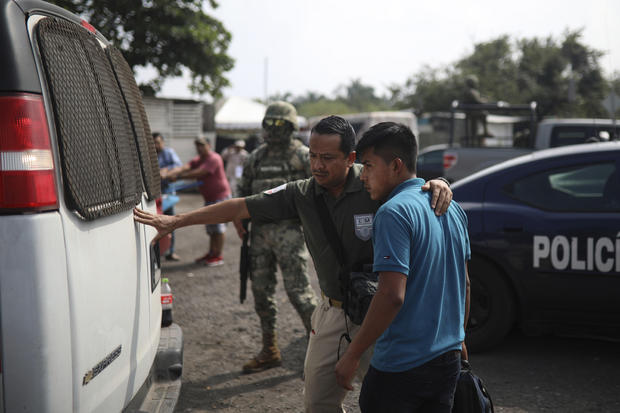
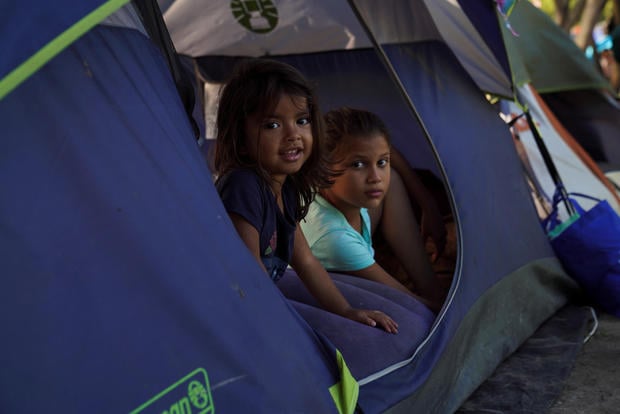
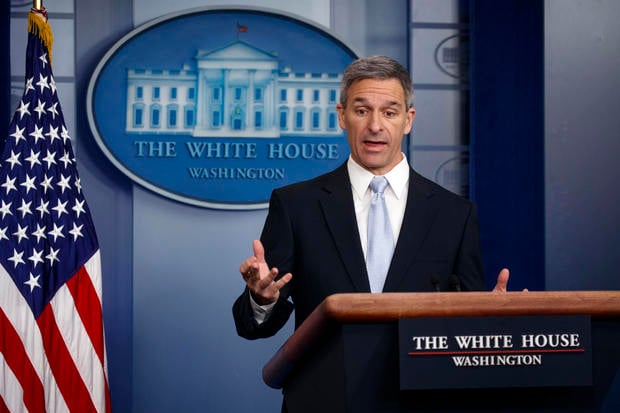
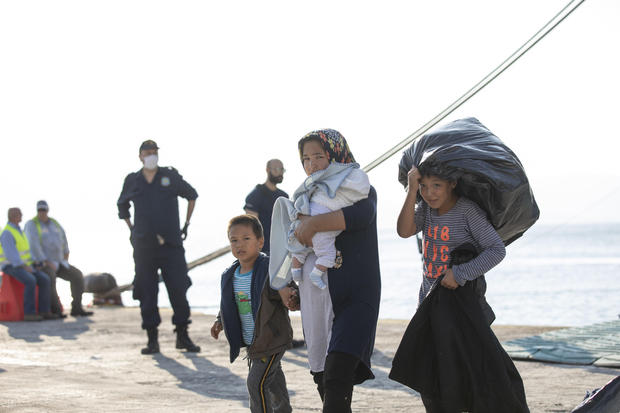
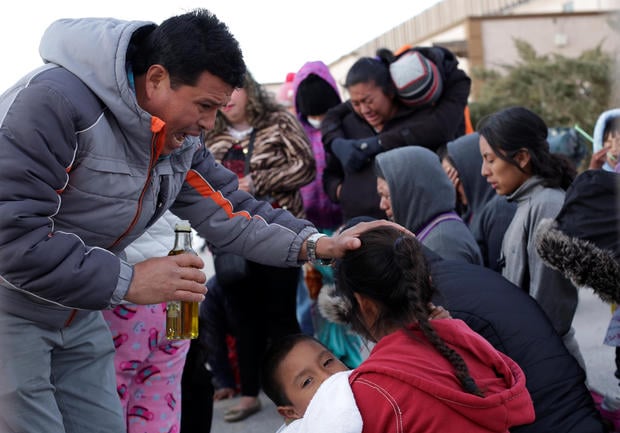




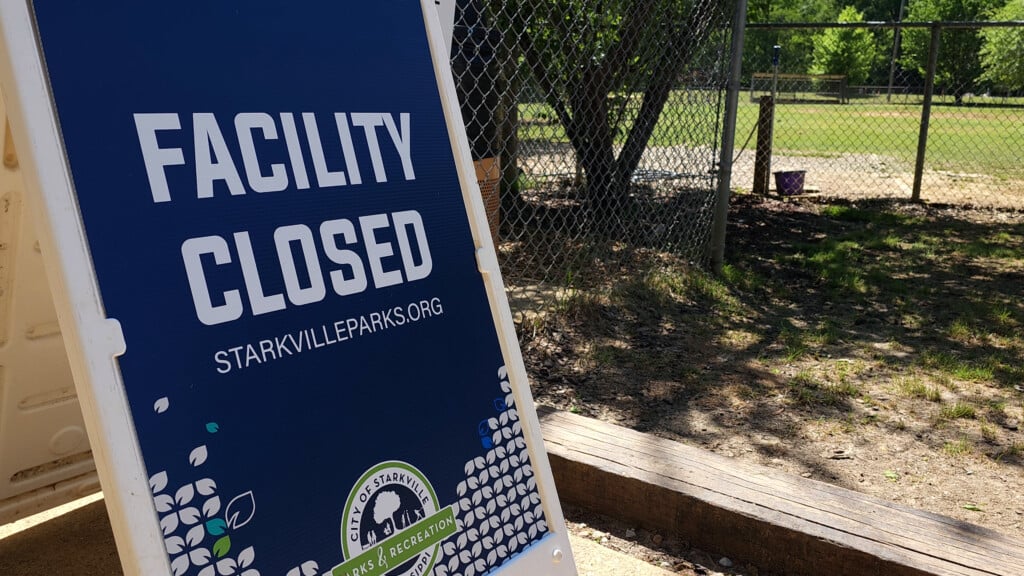
Leave a Reply